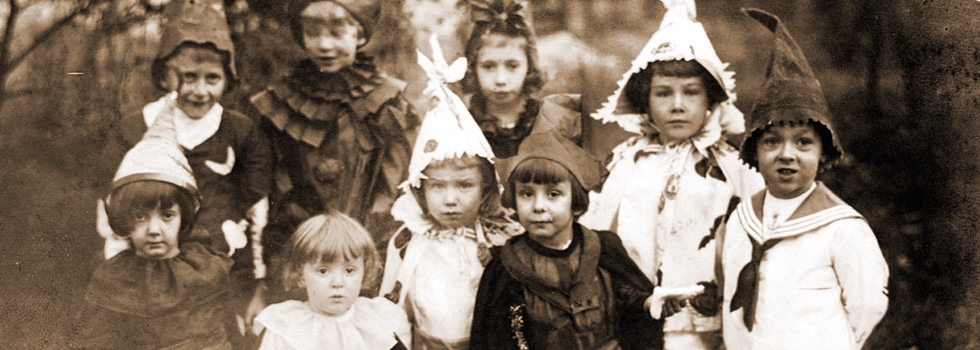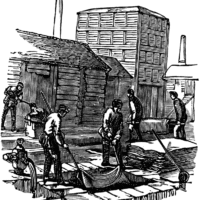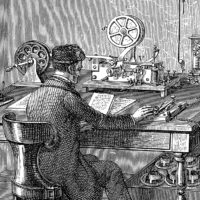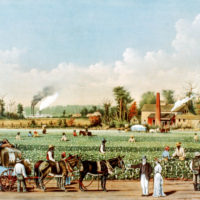A tanner turns animal hides such as ox, cow, bull, and horse and skins like calf, sheep, pig and deer into leather. Hides and skins were procured from local farmers. The process began with cutting the hides into workable pieces called “sides” and trimming off the ragged edges. The sides were then soaked in water …
Tag : Occupations
4 posts
My husband’s great-grandfather worked for a few years as a telegraph operator in Ohio around 1880. I did some quick searches to find out more about this occupation. From Wikipedia: A telegrapher, or telegraph operator is an operator who uses a telegraph key to send and receive the Morse code in order to communicate by …
One of my ancestors worked for a time as a plantation overseer in or around Carroll County, Mississippi, in the 1840s or 1850s. I was curious about this employment as he was a small landowner himself – why would he leave his own property to work for others? Well, I still don’t know the answer …
My husband’s ancestor, Frank L. Fay, was a telegram messenger boy in Cleveland, Ohio, in the early 1880’s. From Wikipedia: Telegraph boys (also referred to as district messenger boys, telegraph messenger boys, or simply as messenger boys) were uniformed young men between 10 and 18 years of age who, mounted on bicycles, carried telegrams through …



